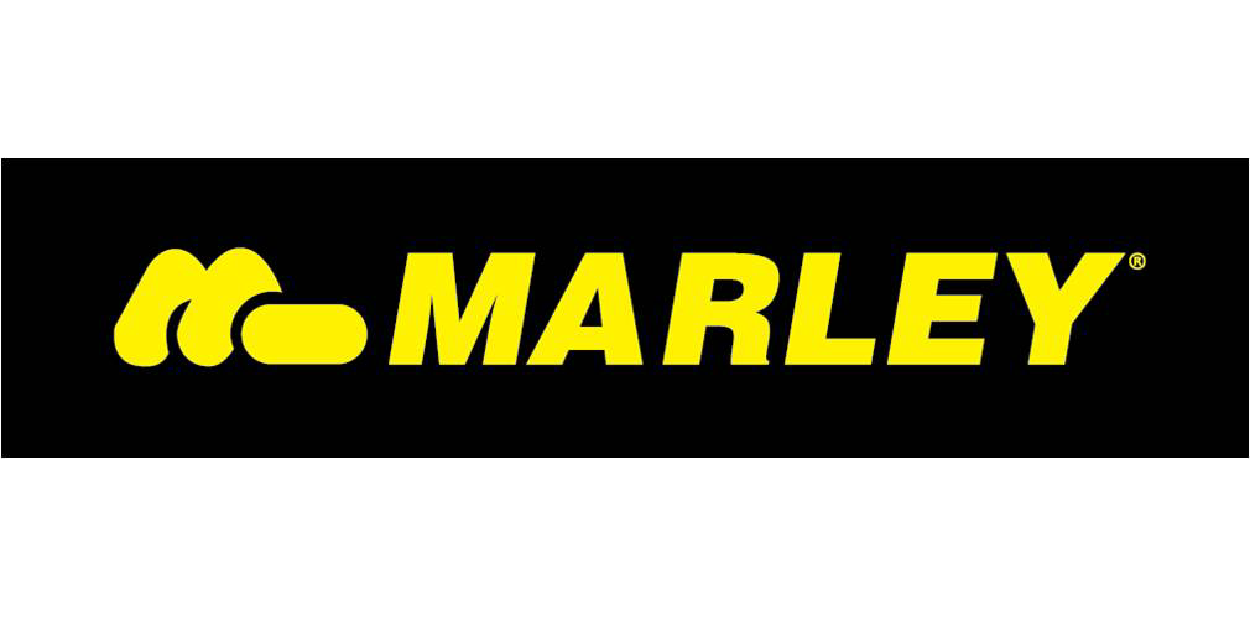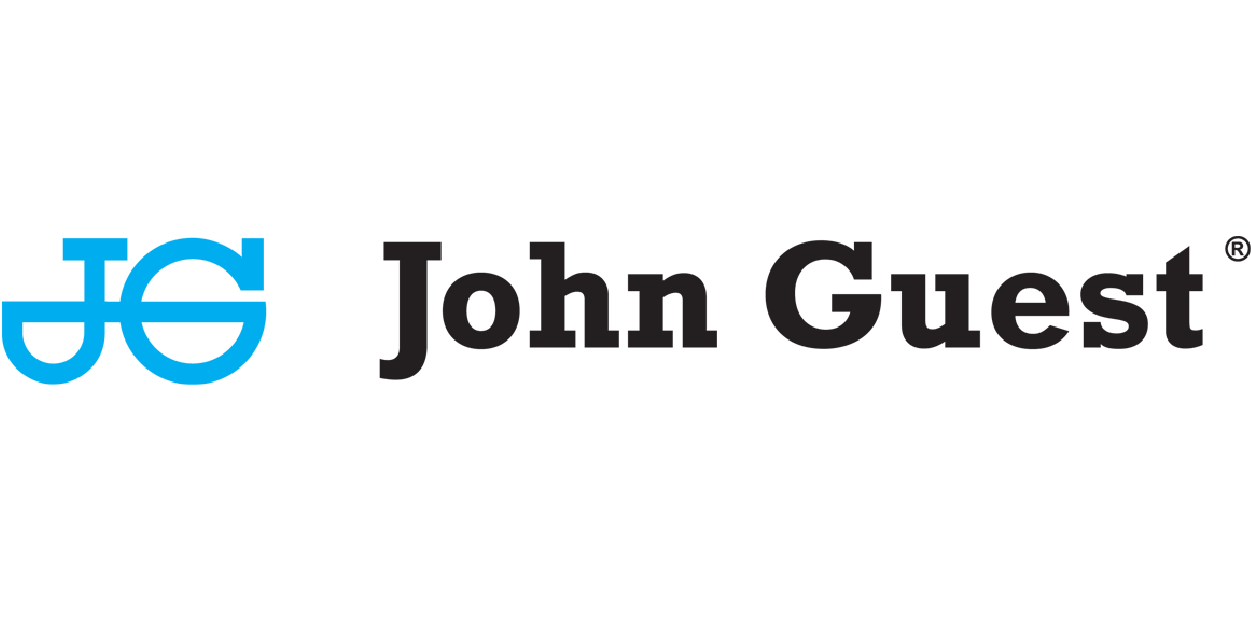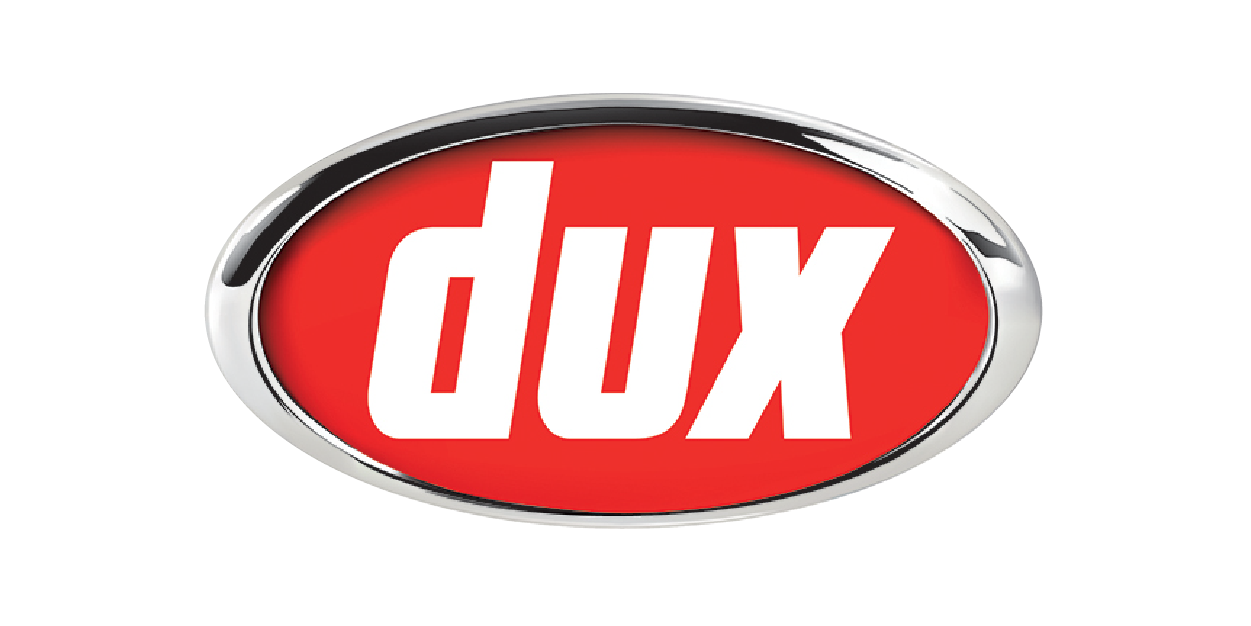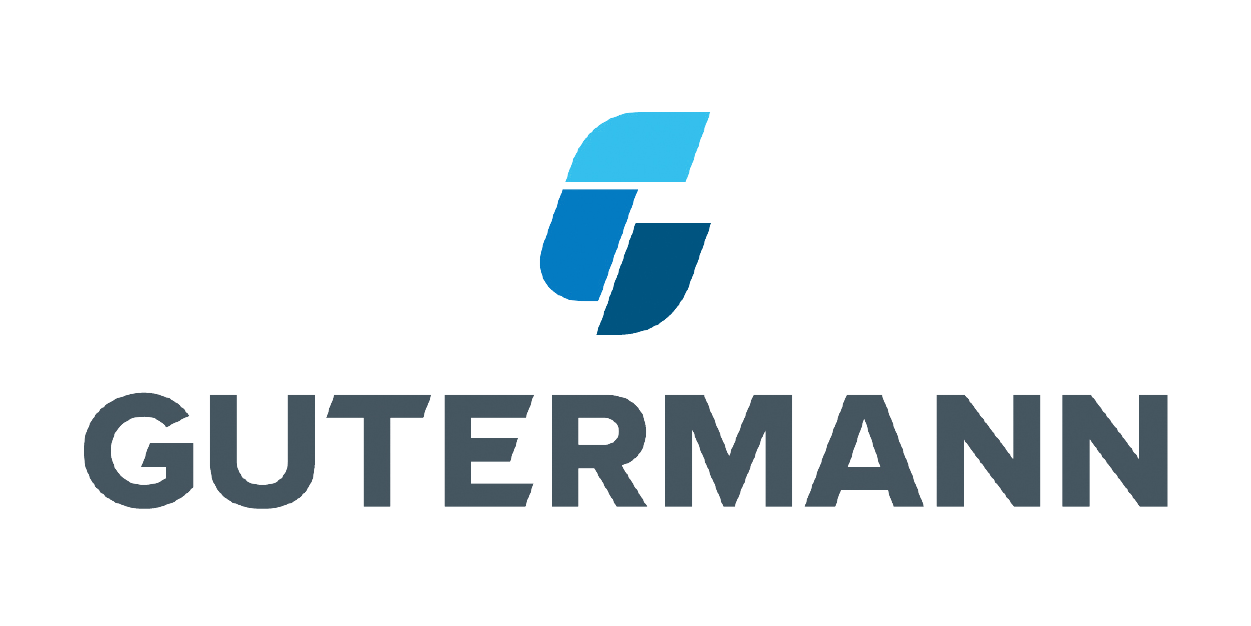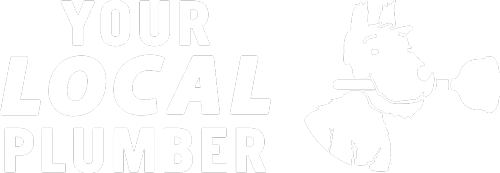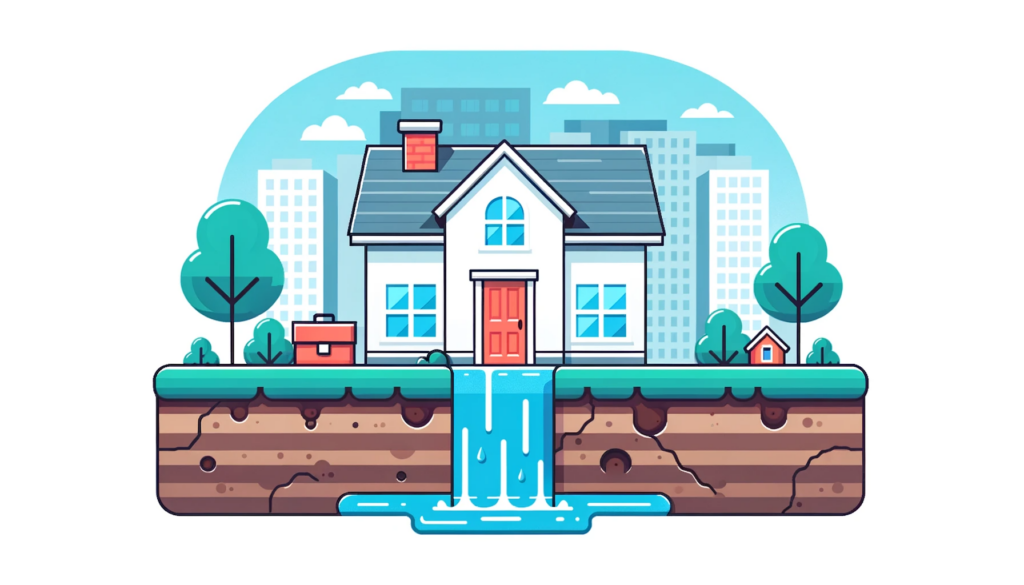
Call Today 09 973 4973 or
Components of Routine Maintenance
- Annual Inspections and Servicing: It’s recommended that all gas appliances and infrastructure undergo annual inspections by a licensed gasfitter. These inspections are thorough, covering operational checks, testing for leaks, and assessing for wear and tear. The gasfitter will also ensure that appliances are correctly calibrated, which is crucial for safe and efficient operation.
- Ventilation System Checks: Adequate ventilation is crucial for gas appliances to ensure the safe expulsion of combustion by-products, including harmful carbon monoxide. Part of routine maintenance involves inspecting and cleaning ventilation ducts and flues to prevent blockages that could lead to dangerous gas build-ups inside buildings.
- Gas Leak Detection: Using specialised equipment, gasfitters perform leak detection as part of routine maintenance. This process identifies potential leaks in appliances, connections, and piping, which might otherwise go unnoticed. Early detection and repair of leaks are vital for preventing gas-related hazards.
- Safety Device Testing: Modern gas appliances are equipped with various safety features, such as flame failure devices and emergency shut-off valves. Routine maintenance includes testing these devices to ensure they are functional and will activate correctly in emergency situations.
- Gas Line and Connection Inspections: The integrity of gas lines and connections is paramount for the safe delivery of gas to appliances. Routine maintenance involves inspecting these components for signs of corrosion, damage, or wear, which could compromise gas safety.
Benefits of Routine Maintenance
- Enhanced Safety: The primary goal of routine maintenance is to enhance safety by minimising the risk of gas leaks and carbon monoxide exposure. Regular checks ensure that gas systems are operating safely and efficiently.
- Increased Efficiency: Well-maintained gas appliances operate more efficiently, reducing gas consumption and lowering energy costs. Efficiency also means that appliances are less likely to break down, ensuring reliable operation.
- Extended Appliance Lifespan: Regular servicing can extend the life of gas appliances by addressing minor issues before they escalate into major problems that could require costly repairs or replacements.
- Regulatory Compliance: In New Zealand, gas installations and appliances must comply with specific safety standards and regulations. Routine maintenance helps ensure ongoing compliance, avoiding potential legal and insurance complications.
Implementing a Maintenance Schedule
Creating and adhering to a maintenance schedule is essential for ensuring gas safety. This schedule should include:
- Booking Annual Services: Arrange for a licensed gas fitter to service all gas appliances and infrastructure annually.
- Performing Regular Visual Checks: In between professional inspections, conduct visual checks of appliances, gas lines, and ventilation systems for any signs of damage or wear.
- Keeping Maintenance Records: Maintain a log of all maintenance activities, including the dates of inspections, servicing, and any repairs carried out. This record can be invaluable for troubleshooting future issues and demonstrating compliance with safety regulations.
Advanced Maintenance Strategies
- Predictive Maintenance: Leveraging data from gas appliances and systems can help predict when a component might fail or when maintenance is needed. This approach goes beyond scheduled inspections, using performance metrics and historical data to anticipate issues before they occur.
- Use of Technology: Incorporating smart sensors and IoT (Internet of Things) devices in gas systems allows for real-time monitoring of gas pressure, flow rates, and signs of wear. These technologies can alert facility managers or homeowners to potential problems, enabling quicker responses to maintenance needs.
- Professional Training: Ensuring that those responsible for the maintenance of gas systems, whether in-house staff or contracted professionals, receive ongoing training on the latest gas safety standards, technologies, and best practices is crucial. This includes understanding new regulations introduced by the New Zealand government or industry bodies.
Emergency Preparedness
- Emergency Response Plans: Having a clear, well-communicated emergency response plan is essential for dealing with gas leaks or carbon monoxide incidents. This plan should include steps for evacuation, shutting off the gas supply, and contacting emergency services.
- Regular Drills: Conducting regular emergency drills helps ensure that all occupants of a building know how to respond in the event of a gas emergency. This is particularly important in commercial settings or multi-occupancy residential buildings.
Role of Technology in Gas Safety
- Carbon Monoxide Detectors with Smart Features: Modern CO detectors can connect to Wi-Fi and send alerts to smartphones or central monitoring systems if high levels of carbon monoxide are detected, providing an additional layer of safety.
- Automated Shut-off Systems: Some advanced gas systems include automated shut-off features that activate in response to detected leaks or unsafe conditions, immediately cutting off the gas supply to prevent accidents.
- Maintenance and Safety Apps: There are now apps available that remind homeowners and facility managers of scheduled maintenance tasks, track the history of appliance servicing, and provide quick access to emergency procedures and contacts.
Regular Updates and Reviews
- Staying Informed: Keeping up to date with changes in gas safety regulations, new technologies in gas fitting, and best practices in maintenance is vital for ensuring ongoing safety. This may involve subscribing to industry newsletters, attending workshops, and participating in forums.
- Reviewing and Updating Plans: As businesses grow and residential settings change, reviewing and updating gas safety and maintenance plans is necessary to reflect new appliances, system upgrades, or changes in building occupancy and usage.
Suppliers
